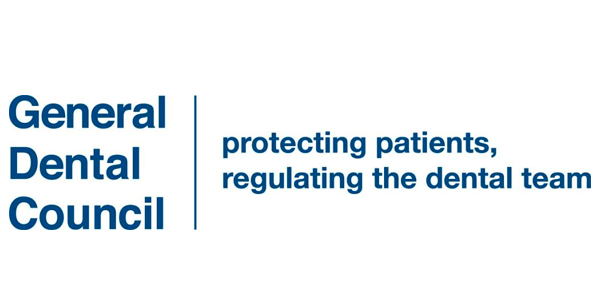Maintaining a healthy, beautiful smile is a top priority for many people, and dental crowns and bridges are essential tools in achieving this goal. These restorative procedures not only enhance the appearance of your teeth but also restore their function and strength. Here’s an in-depth look at what dental crowns and bridges are, their benefits, and what to expect during the procedure.
What Are Dental Crowns?
Dental crowns, often referred to as “caps,” are custom-made coverings placed over a tooth. Crowns are used to restore a tooth’s shape, size, strength, and appearance. They can be made from various materials, including porcelain, ceramic, metal, or a combination of these. Porcelain and ceramic crowns are popular for their natural look, seamlessly blending with your existing teeth.
Benefits of Dental Crowns
1. Restoration of Function: Crowns restore the normal function of a tooth, allowing you to chew and speak properly.
2. Aesthetic Improvement: They cover damaged or discoloured teeth, improving your smile’s overall appearance.
3. Protection: Crowns protect weak teeth from breaking or hold together parts of a cracked tooth.
4. Longevity: With proper care, crowns can last many years, providing a durable solution for dental issues.
What Are Dental Bridges?
Dental bridges are used to replace one or more missing teeth. A bridge consists of two or more crowns for the teeth on either side of the gap — these anchoring teeth are called abutment teeth — and a false tooth/teeth in between. These false teeth, called pontics, can be made from gold, alloys, porcelain, or a combination of these materials. Bridges are supported by natural teeth or implants.
Benefits of Dental Bridges
1. Restored Smile: Bridges fill the gaps caused by missing teeth, restoring your smile and the natural contour of your face.
2. Improved Chewing and Speaking: Missing teeth can affect your ability to chew and speak. Bridges help restore these functions.
3. Preventing Tooth Movement: Gaps in your teeth can cause remaining teeth to shift over time, leading to bite problems and misalignment. Bridges prevent this by maintaining the position of your teeth.
4. Aesthetic Appeal: Modern bridges can be made to look like your natural teeth, enhancing your overall appearance.
The Procedure: What to Expect
For both crowns and bridges, the process typically involves two visits to your dentist. During the first visit, the dentist prepares the tooth by removing any decay and shaping it to fit the crown. Impressions of your teeth are taken to create a custom-fit crown or bridge. A temporary crown or bridge may be placed to protect the prepared tooth while the final restoration is being made.
In the second visit, the temporary crown or bridge is removed, and the new permanent one is checked for fit and colour before being permanently cemented in place. Your dentist will ensure the restoration is comfortable and functions properly.
Caring for Crowns and Bridges
Proper oral hygiene is essential to maintain the longevity of crowns and bridges. Brush and floss daily, and avoid chewing hard foods that could damage the restoration. Regular dental check-ups will allow your dentist to monitor the condition of your crowns and bridges, ensuring they remain in good condition for years to come.
Dental crowns and bridges are reliable solutions for restoring and enhancing your smile. If you have any concerns about your dental health or think you might benefit from these treatments, don’t hesitate to schedule a consultation with us. Your journey to a healthier, more beautiful smile begins here.






